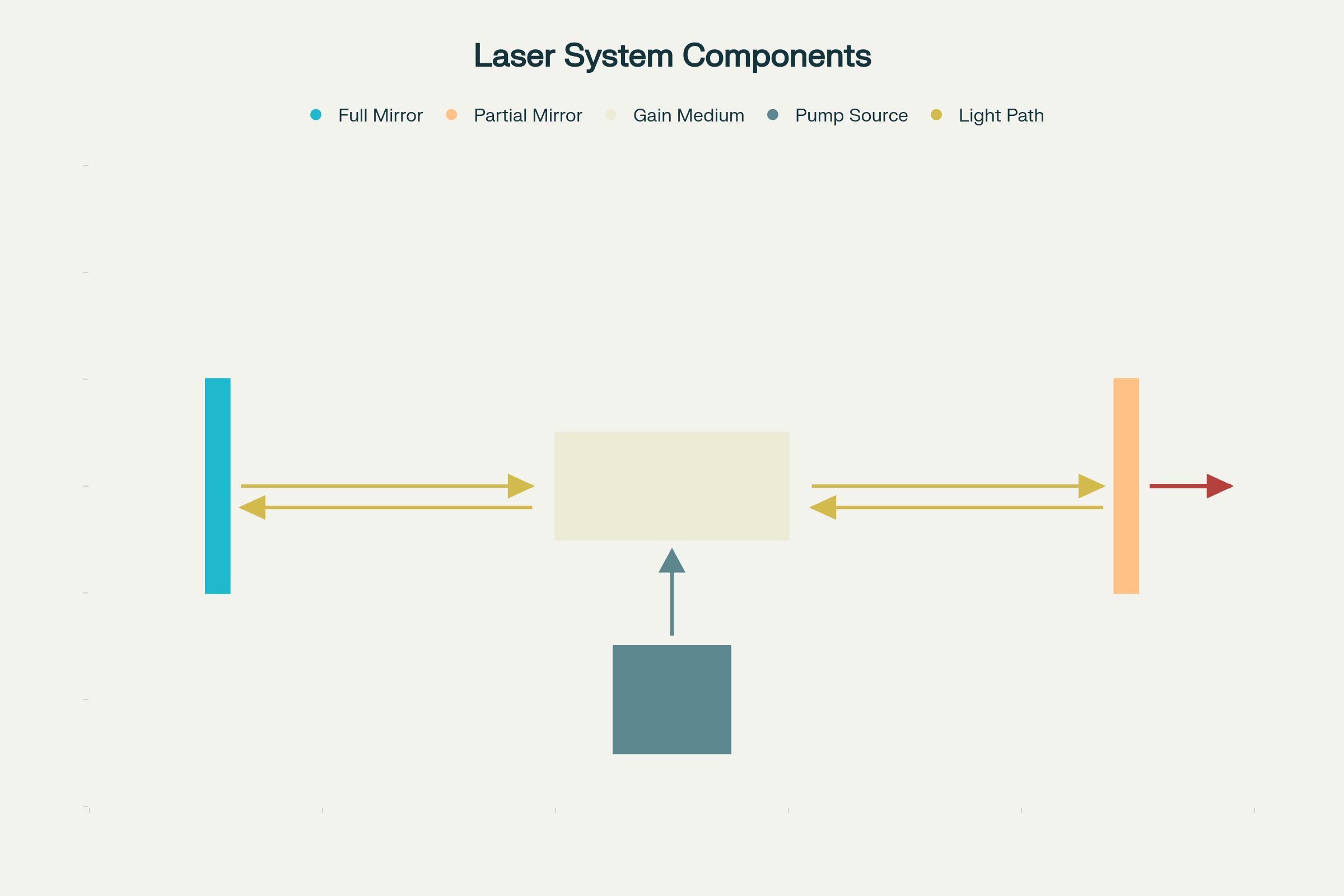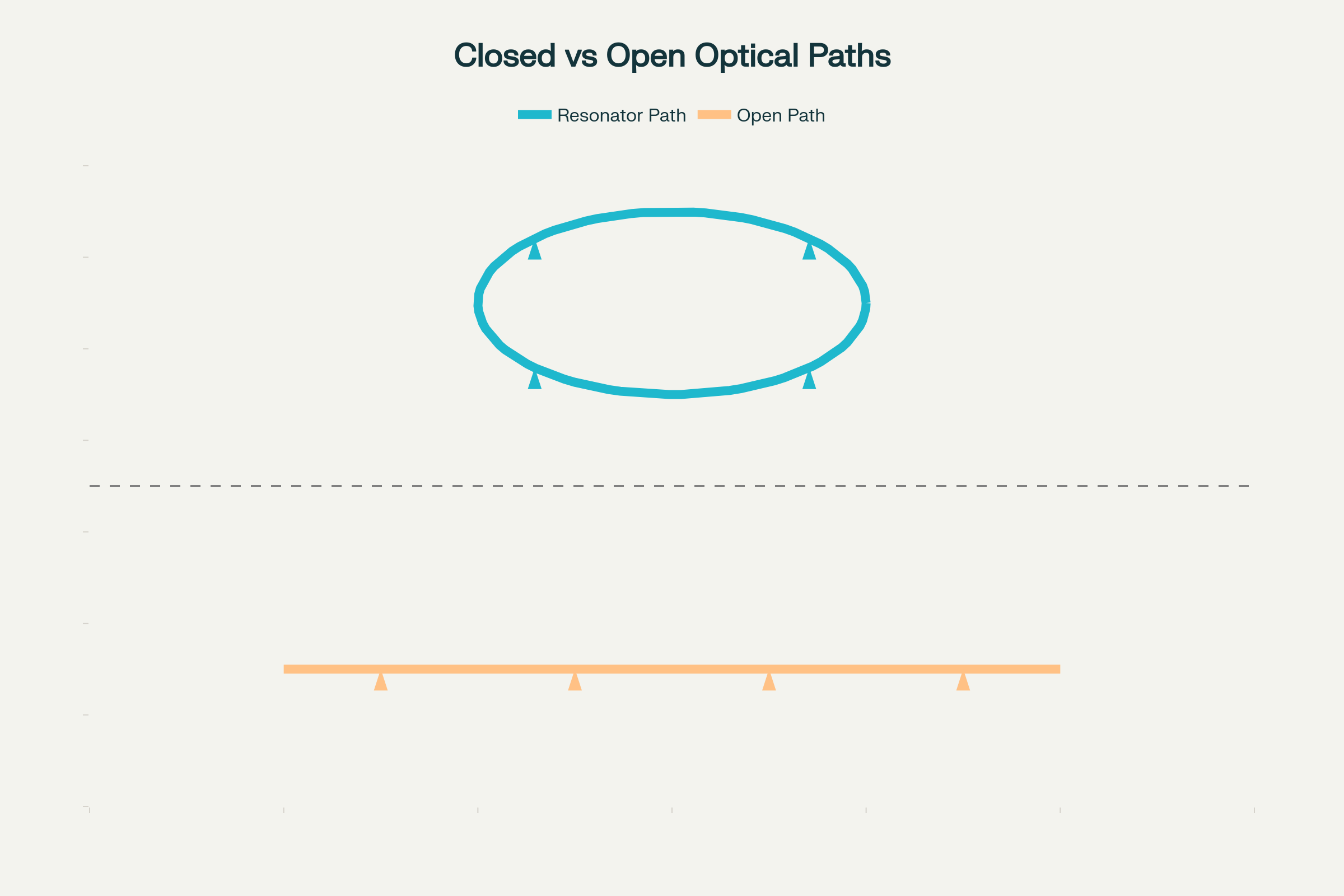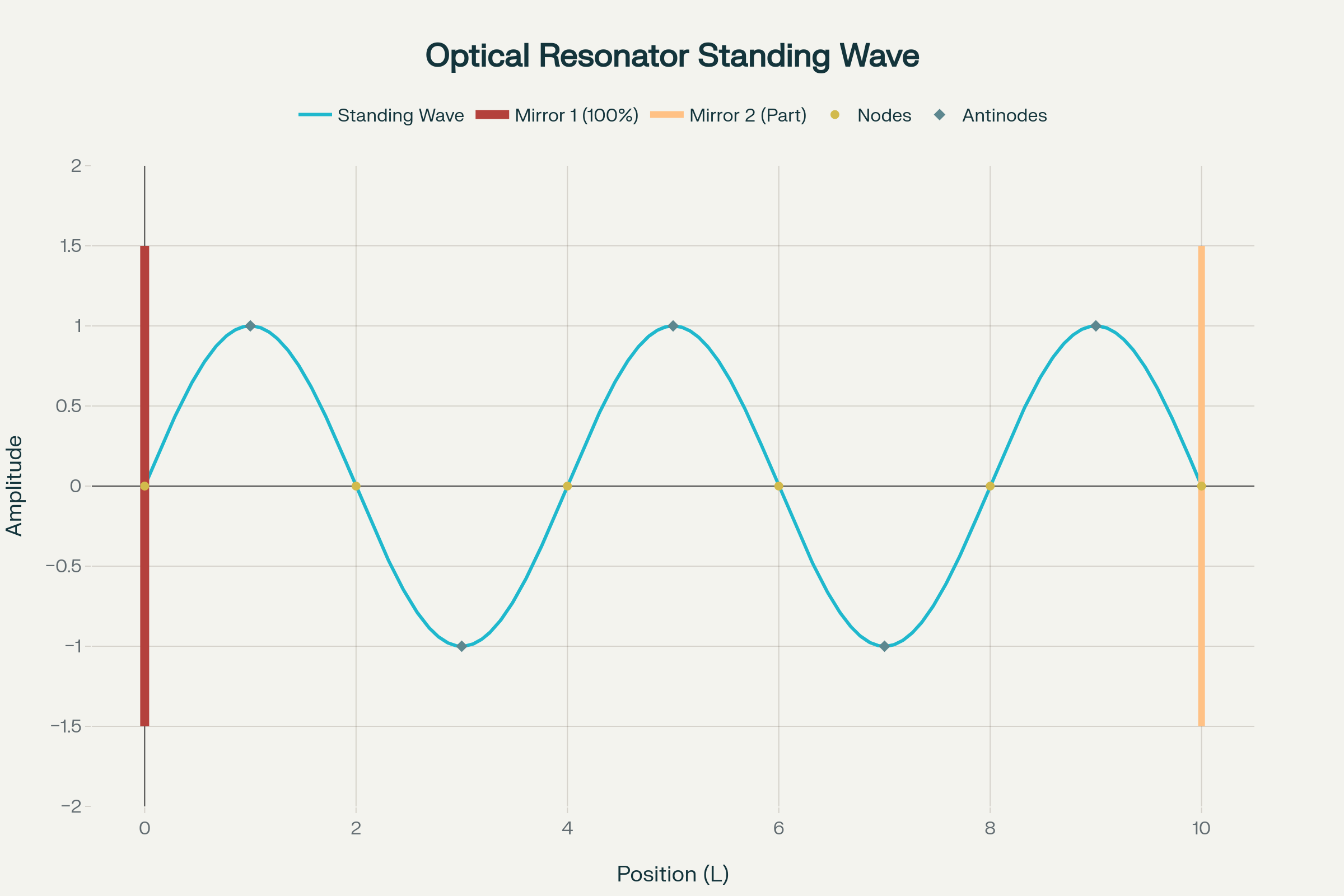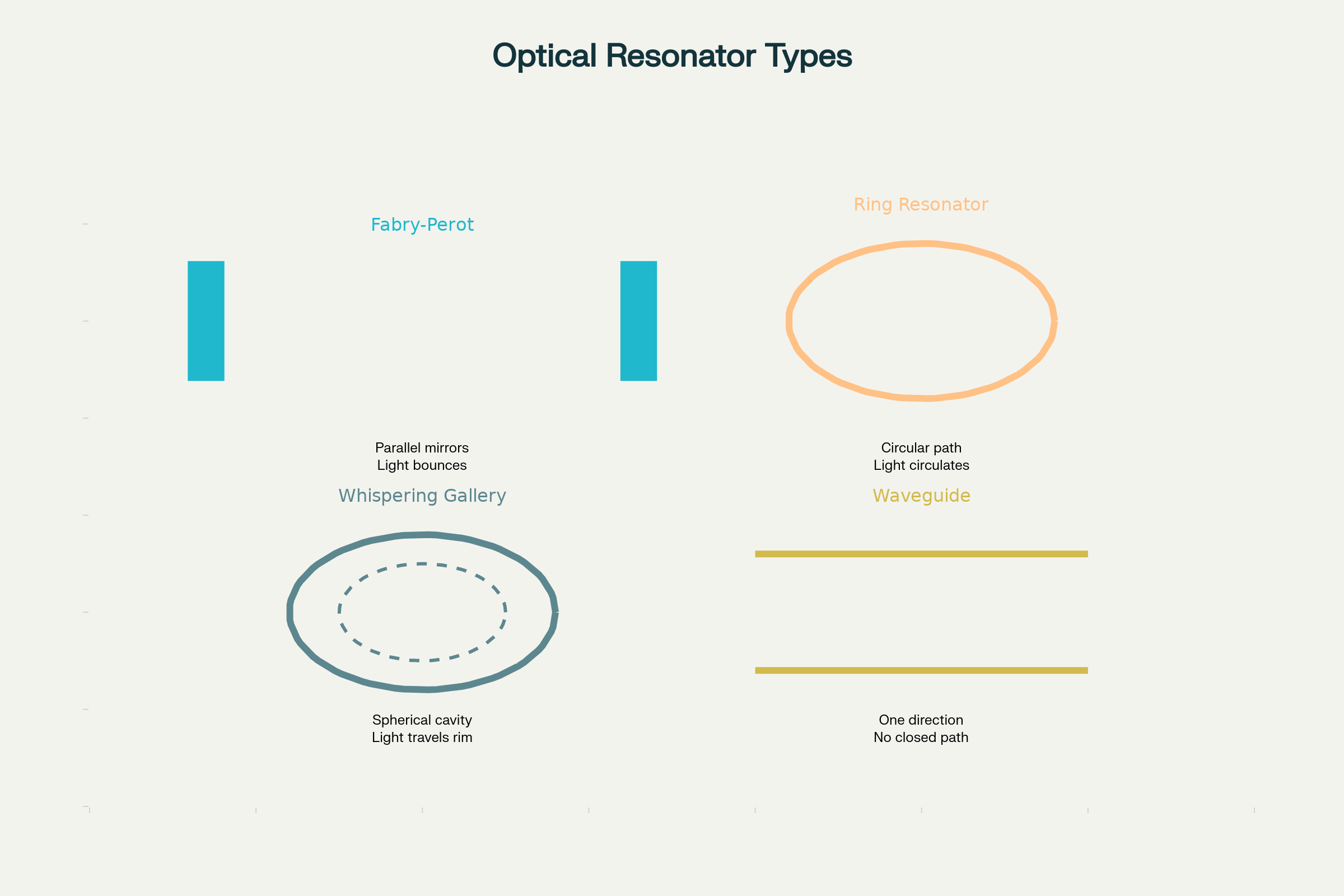Ever wondered how an laser makes that perfectly focused light beam? The secret’s in an fascinating part called an optical resonator—it’s the "heart" of every laser system, making light amplification and beam formation possible. In this guide, we’ll break down how optical resonators work, their types, and why they matter for modern laser tech.
Every laser needs three key parts working together—like an well-rehearsed show where each piece matters for the end result. The gain medium (or working substance) is where the magic starts. It might be an crystal, gas, or semiconductor—something with atoms that give off light when energized. The pump source gives the energy to excite these atoms—like charging an battery. Finally, the optical resonator makes the feedback that amplifies and shapes light into an coherent laser beam.

Of these three, the optical resonator is the most critical for how an laser outputs light. It’s not just mirrors—it’s an smart system that controls how light acts inside the laser cavity.
To get how optical resonators work, we need to look at how light moves in different places. Light travels in two main types of spaces—each with unique traits that change how we control light beams.
Free space is the simplest place for light to travel. Think of sunlight through an clear sky or an laser pointer through air. In these borderless, uniform places (like vacuum or same-density media), light moves freely as single-color plane waves—no restrictions.
Confined space is where the real magic happens. Here, light’s movement is limited by reflection or refraction—one, two, or three directions. This confinement lets us control light and get specific optical effects.
The key to optical resonators is telling apart closed and open optical paths. This basic idea decides if an structure can work as an optical resonator.

An closed optical path is when light can go in an full loop and get back to where it started. This makes the feedback that defines an optical resonator. Two classic examples:
Glass microspheres: Light moves along the curved surface, bouncing off totally inside. This makes an circular path that brings light back to its origin.
Parallel mirrors: Light bounces between two mirrors, making an straight closed path.
An open optical path can’t make an full loop. Think of light through an straight optical fiber or flat waveguide. These structures keep light in the side-to-side direction, but they can’t make the closed path needed for resonance. Light just goes from one end to the other—no return.
The magic of optical resonators is their ability to make constructive interference through feedback. When light goes through an closed path, it interferes with itself—either getting stronger or canceling out.

When light waves meet, they do one of two things:
Constructive interference: Wave peaks line up, making stronger light.
Destructive interference: Wave peaks cancel, making weaker light.
In an optical resonator, constructive interference makes resonance—an stable light field that stays over time. This resonance creates optical modes—fixed spatial patterns and specific frequencies set by the resonator’s structure.
Many think optical resonators are just mirrors, but they’re way more diverse. Modern systems use different types—each made for specific jobs.

The most common type uses two parallel mirrors. Light bounces between them, making standing wave patterns. They’re used in traditional gas lasers and many solid-state systems.
These designs use an circular path for light. Unlike linear ones, ring resonators let light go one way around the loop—avoiding problems with opposite beams.
Inspired by sound in circular buildings, these resonators keep light along the edge of spherical or cylindrical structures. They have super high quality factors—used in precision measurements.
Add reflective parts to optical fibers or waveguides, and you can make resonators in these "open" structures. Bragg gratings in the core or reflective coatings on the ends give the feedback needed for resonance.
The invention of open optical resonators was an big moment in laser history. Unlike closed cavities (which keep light in all three directions), open resonators limit light to mostly one direction—using mirrors for feedback.
This breakthrough solved many practical problems:
Smaller size: Open resonators made compact lasers possible.
Better mode control: They let us pick modes more easily.
Higher efficiency: Open designs cut down on unwanted losses.
Easier to make: They were simpler to build and align.
Open resonators made practical lasers possible—turning an lab curiosity into the versatile tool we use now.
Today’s optical resonators do way more than just lasers. They’re the base for:
Precision tools: Interferometers and frequency standards.
Optical comms: Filters and multiplexers in fiber networks.
Sensing: Super sensitive detectors for chemical and biological tests.
Quantum tech: Platforms for quantum information processing.
The rules of optical resonators still drive photonics innovation—from tiny chip-scale devices to big precision instruments.
As we push optical tech further, the basic rules of optical resonators still matter—guiding next-gen photonic devices.
The optical resonator might seem simple—just mirrors and light—but it’s revolutionized manufacturing, medicine, comms, and research. Understanding these rules lets you appreciate the smart engineering behind modern lasers.
Contact: Jason
Phone: +8613337332946
E-mail: [email protected]
Add: Hangzhou City, Zhejiang Province, China